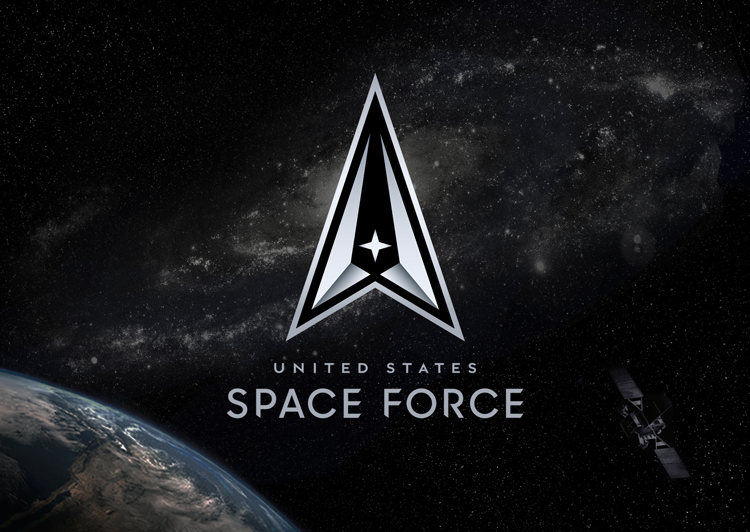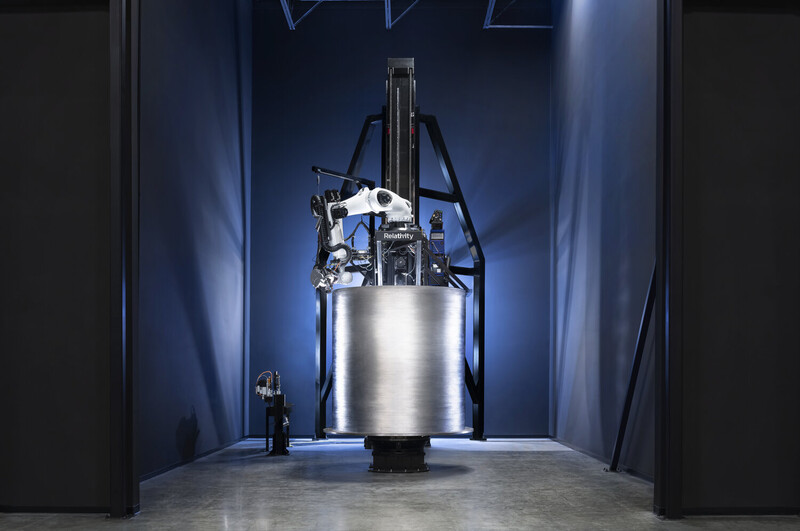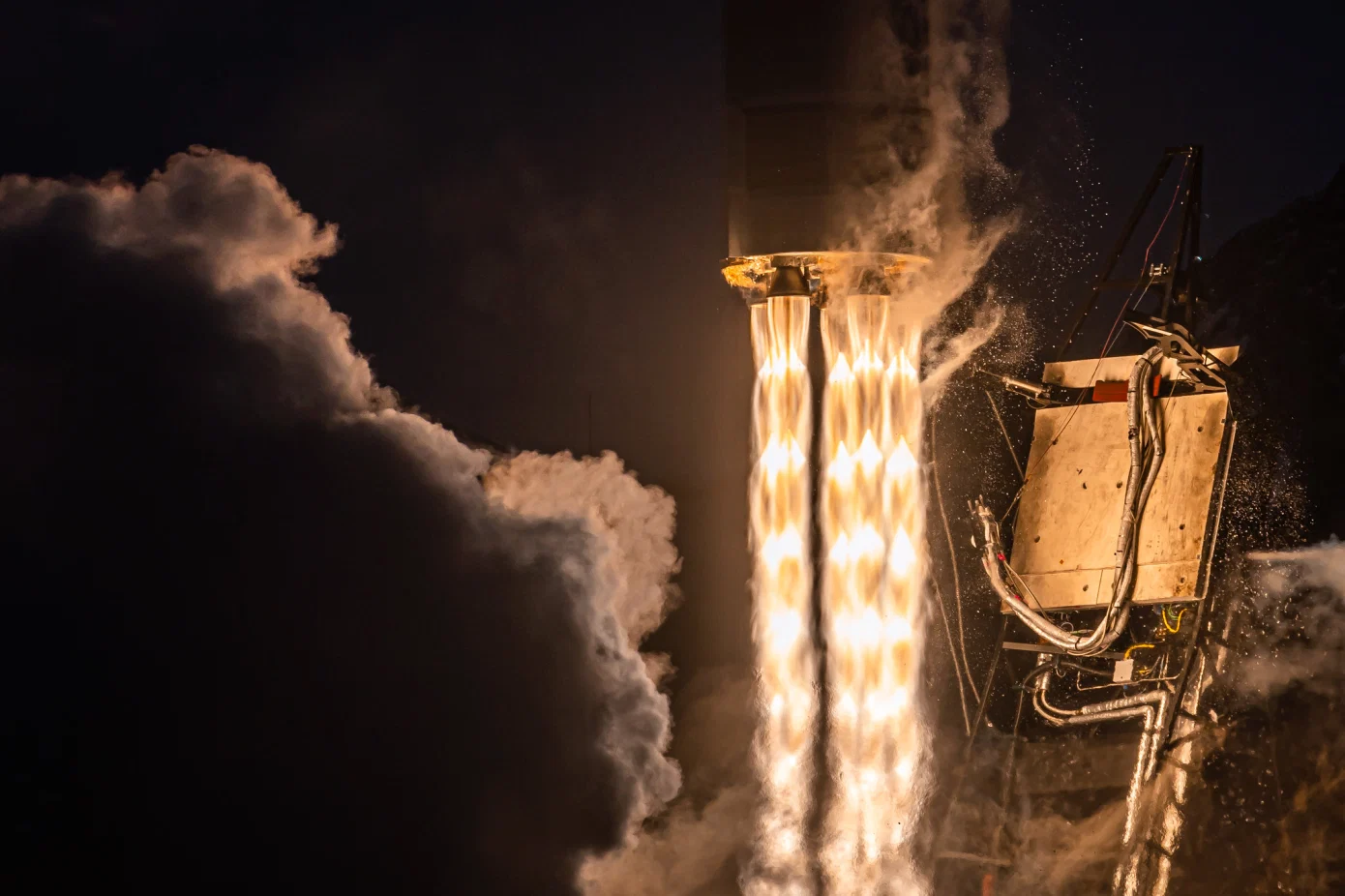A newcomer in the military arena is getting ready to ramp up space surveillance missions. Since it was made official on December 20, 2019, the United States Space Force (USSF) –a sixth branch of the military and part of the U.S. Air Force–has been training, equipping, and providing space capabilities for its 5,000 space force “Guardians” to protect the country against threats, including nuclear detonations, and missile and space launches. As part of its future surveillance mission, the USSF announced in August 2021 that startups Relativity Space, Astra Space, and ABL Space Technologies have been selected to provide launch services in the Orbital Services Program (OSP)-4 Indefinite Delivery/Indefinite Quantity (IDIQ).
Within the framework of the program, the three space companies –all of which are using 3D printing technologies to create parts of rockets or entire vessels– will compete to procure launch services for payloads greater than 400 pounds and will have to be ready to launch to any orbit within 12 to 24 months. The OSP-4 is a $986 million procurement of launch services for roughly 20 missions over nine years. According to the USSF, the addition of these emerging private companies will preserve, stimulate, and enhance the small launch industrial base and yield the USSF with “a diverse vendor pool” to support the nation’s defense.
The USSF’s Chief of Small Launch and Targets Division, Lt. Col. Justin Beltz, said the program uses a “low-barrier-to-entry to mature launch providers and those emerging companies that are approximately one year from being launch capable.”
In October 2019, the USSF’s Rocket Systems Launch Program (RSLP) Office, part of the Space and Missile Systems Center (SMC)’s Launch Enterprise at Kirtland Air Force Base in New Mexico, initially awarded the OSP-4 contract to nine major commercial space businesses. The startups include spacecraft launch service manufacturers SpaceX, Rocket Lab, United Launch Alliance, Virgin Orbit subsidiary VOX Space, and X-Bow Launch Systems. As well as autonomous transportation manufacturer Aevum, Firefly Black, the national security and civil space subsidiary of Firefly Aerospace, and Northrop Grumman’s flight and rocket propulsion systems specialized developer Northrop Grumman Innovation Systems.
The USSF used an on-ramp system to add additional launch vehicle providers at any time by reopening the competition and using the same basis of the award established in the initial solicitation. This on-ramp will add additional emerging launch providers to the group eligible to compete for future USSF OSP-4 Task Order awards. Beltz said they used this IDIQ contract to continue to “introduce speed, agility, and flexibility” into the launch enterprise while cultivating a “resilient and affordable launch market.”

Relativity Space’s stage one is part of a fully 3D-printed rocket. Image courtesy of Relativity Space.
The new ramp-on results in a total of 11 vendors that will compete for 20 missions in the next nine years. Like many of the first nine space companies chosen for the award, all three new startups have been critical to advance the adoption of 3D printing technology in the space industry. One of the most publicized companies in this arena is California-based Relativity Space. Thanks to its massive metal 3D printer, considered the world’s largest, the company creates almost the entire rocket in-house. The custom-made Stargate 3D printer uses artificial intelligence (AI) to drive the controls for this large-scale Directed Energy Deposition (DED) system capable of printing a 20 feet tall structure in roughly three weeks.
Stargate uses laser-equipped Kuka robotic arms to create the parts and aluminum metal wire fed into the focal point of the laser of one arm, while the other two deal with the post-processing and inspection. The result is a completely optimized part production, reducing rocket part count, build time, and iteration time, while improving quality and lowering manufacturing costs thanks to simplified supply chains and in-house production capabilities.
To date, Relativity has secured multiple launch contracts from eight customers for its entirely 3D-printed Terran 1 rocket, which could launch by the end of 2021. The USSF’s contract on-ramp announcement builds on the company’s continued momentum, including the reveal of its fully reusable, entirely 3D printed Terran R rocket –which is expected to take off starting in 2024–; the closing of its $650 million Series E fundraise; an unprecedented year of job creation; and a relevant commercial demand for Terran 1, which the company has described as “the most pre-sold rocket in history prior to launch.”
Another awardee is Astra Space, a rocket launch startup out of Alameda, California. It has over $452 million in cash on its balance sheet and successfully launched its first two test vehicles to orbit. Nonetheless, the company has run into some trouble with the launch of its final version, the Rocket 3 vehicle, as it has been unable to reach space successfully. Hopefully, this will be resolved soon, and the USSF will send satellites using Astra Space rockets.

US Space Force chose Astra Space as one of 11 launch vehicle manufacturers to supply spacecraft for future missions. Image courtesy of Astra Space.
Founded with a vision to make rocket launches to LEO frequent, routine and automated, Astra wants to build small rockets designed for mass production and reliable performance. So even though Co-Founders Chris Kemp and Adam London suggest they don’t rely on “costly 3D printing or labor-intensive composites” to make the rockets, they used AM to complete the impellers for its pumps and rocket engine chambers.
The last awardee on our list is ABL Space Systems. Founded by former SpaceX employees, ABL is determined to prove that reaching space can be simple, efficient, and routine. The Los Angeles-based rocket startup designed and manufactured its rocket engines in-house, using 3D printing to create parts for its E2 engines that will power Stage 1 and 2 of its RS1 launch vehicle, including the thrust chamber. This targeted use of AM allowed complex internal fluid passageways to be incorporated into the engine.
As part of its ongoing program to acquire and develop military space systems, the USSF continues to pick some of the most innovative space launch providers in the private space segment to deliver them to LEO. All three new companies in the on-ramp are developing novel systems using advanced 3D printing technologies and are expected to continue testing their spacecraft to deliver USSF satellites to orbit and widen the space capabilities of the country’s national security.
Subscribe to Our Email Newsletter
Stay up-to-date on all the latest news from the 3D printing industry and receive information and offers from third party vendors.
You May Also Like
Air Force Awards Fortius Metals $1.25M to Qualify 3D Printing Wire for Hypersonic Applications
AFWERX, part of the US Air Force Research Laboratory (AFRL), awarded a Direct-to-Phase II Small Business Innovation Research (SBIR) contract worth $1.25 million to Colorado’s Fortius Metals, to accelerate qualification...
US Air Force Awards JuggerBot $4M for Large-format Hybrid 3D Printing
Large-format 3D printer manufacturer JuggerBot has received a $4 million grant to develop a large format 3D printer, courtesy of the Under Secretary of Defense, Research and Engineering Manufacturing Technology...
Where Have All AM’s Unicorns Gone?
In the rapidly evolving world of 3D printing, startups valued at over a billion dollars, known as unicorns, once seemed as fantastical as the mythical creatures themselves. While a few...
How My Childhood Fascination with Planes Led to Investing in 3D Printing
My fascination with aerospace started young, and I started studying planes–identifying them in the sky and learning everything I could about how they work. Fast forward to my first week...


































